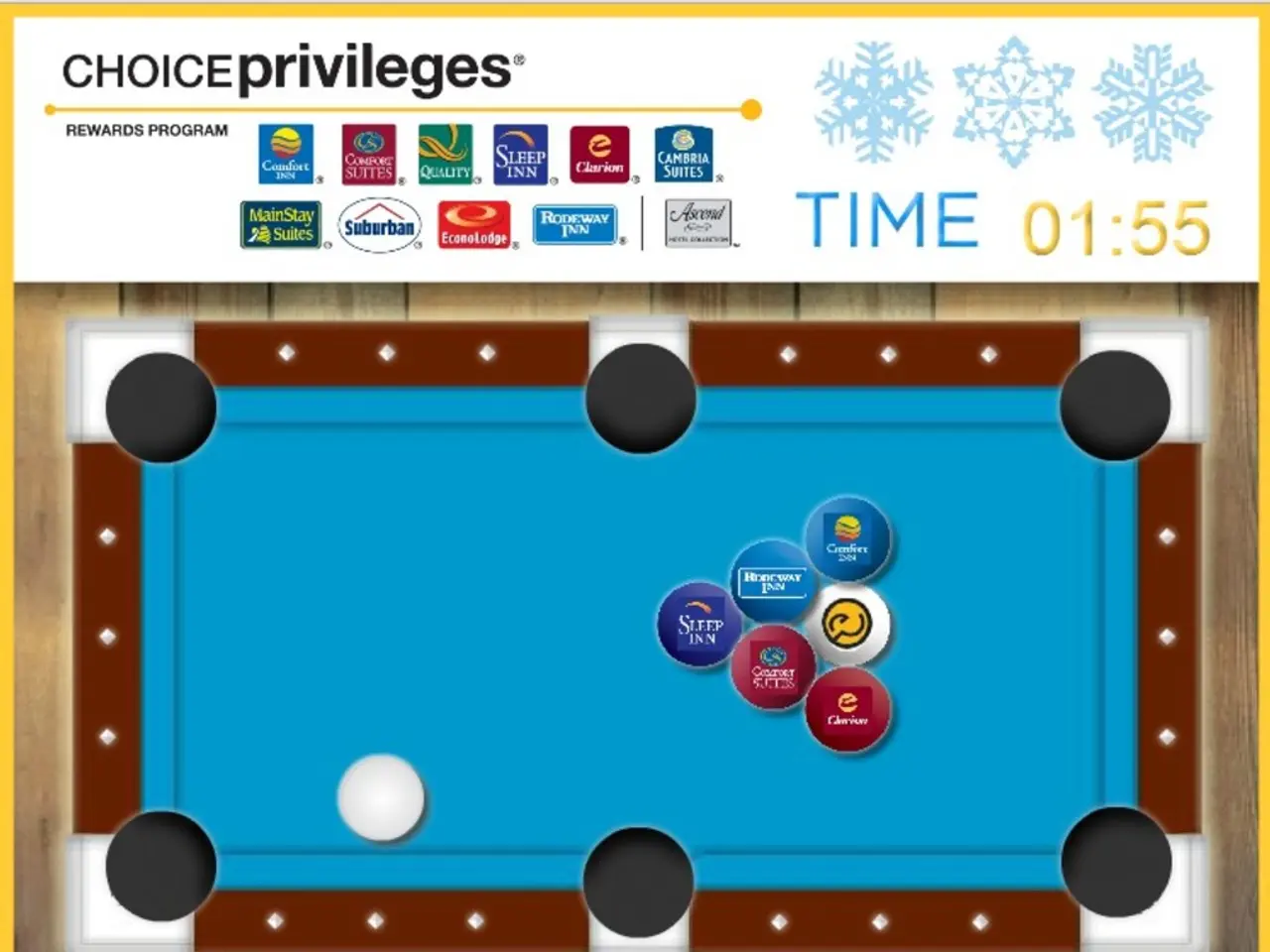Real-time assessment of image quality in video games by Intel's advanced AI technology exposes any upscaling artifacts and visual imperfections
Intel has unveiled a groundbreaking AI-driven tool called the Computer Graphics Video Quality Metric (CVGM), designed to assess and rate visual distortions in real-time, particularly those introduced by modern rendering techniques like neural networks. This innovative technology is set to revolutionize game development by offering developers detailed insights into the quality of images produced by various rendering methods.
### Enhancing Game Development with Real-time Feedback
The CVGM tool offers a significant advantage to game developers by providing real-time measurement of image quality. This feature allows developers to identify and address visual issues promptly, ensuring a rapid refinement of rendering techniques and the delivery of high-quality visuals without artifacts.
### Artifact Detection and Optimization
The tool excels at detecting distortions and artifacts that can degrade the gaming experience. By pinpointing these issues, developers can focus on optimizing their rendering processes to minimise such flaws, ultimately leading to more visually appealing and smooth gaming experiences.
### Comparison and Benchmarking for Better Choices
CVGM enables developers to compare different rendering methods and tools, helping them choose the best approach for their project based on the quality metrics provided by the tool. This comparison and benchmarking capability empower developers to make informed decisions, ensuring they deliver the best possible visual quality to their players.
### Expanding the Reach of CVGM
While the current version of CVGM relies on reference videos, Intel is working to expand its reach by incorporating saliency, motion coherence, and semantic awareness. These enhancements aim to make the tool more versatile and applicable to a wider range of applications.
### Applications of CVGM
Intel hopes that the CVGM tool will be useful for training neural renderers, evaluating engine updates, and testing new upscaling techniques. Additionally, the tool is intended to be used for optimising quality and performance trade-offs when implementing upscalers and providing smarter reference generation for training denoising algorithms.
In conclusion, the CVGM tool is set to reshape the landscape of game development by offering developers a powerful and efficient means of assessing and improving the visual quality of their games. With its ability to detect and rate distortions in modern rendering techniques, CVGM is poised to deliver a more immersive and engaging gaming experience for players worldwide.
- By integrating the Computer Graphics Video Quality Metric (CVGM) into their workflow, game developers can swiftly detect and optimize any visual distortions or artifacts that may degrade the gaming experience, promoting smoother and more appealing game visuals.
- The inclusion of artificial intelligence in the CVGM tool empowers developers to compare different rendering methods and tools, making it possible for them to make informed decisions about the best approach for their project in terms of visual quality.
- Intel is expanding the capabilities of the CVGM tool to include features such as saliency, motion coherence, and semantic awareness, broadening its potential applications beyond just game development.
- The Computer Graphics Video Quality Metric (CVGM) has a wide range of potential use cases in game development, including training neural renderers, evaluating engine updates, testing upscaling techniques, optimizing quality and performance trade-offs, and providing smarter reference generation for denoising algorithms.




